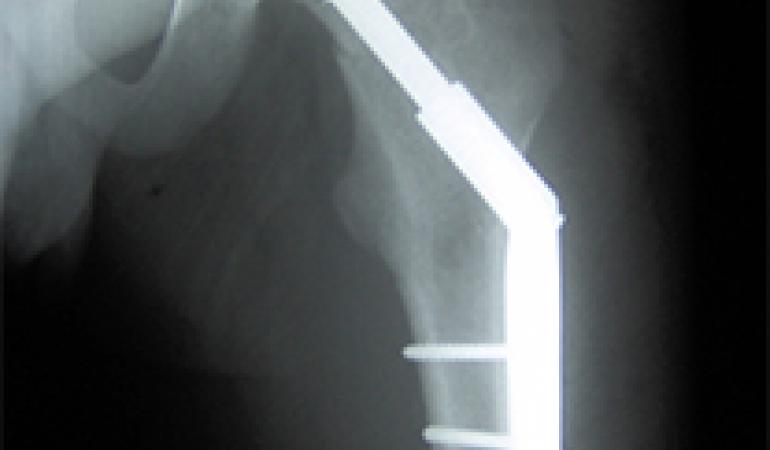
The application of nanotechnology to design and produce medical devices is increasing. RIVM provides an overview of nanotechnology enabled medical devices. Examples include implants equipped with nanocoatings, materials mimicking natural tissue, devices employing the electric and magnetic properties of nanomaterials and applications in oncology for detection and treatment of cancer.
Nanotechnology
Nanotechnology is a technological development that enables us to use extremely small particles to make new materials with interesting and useful characteristics. This opens up a range of possibilities for new and special applications, which are being worked on worldwide. Numerous medical disciplines benefit from innovative features enabled by nanotechnologies. Knowledge about the safety evaluation of nanotechnology is also evolving.
Nanocoatings
One of the most important types of nanotechnological applications is nanocoatings, which increase biocompatibility and thus improve integration with the surrounding tissues of a variety of medical implants. Examples can be found in cardiology (stent coating), orthopaedics (coating on joint replacement implants) and dentistry (dental implants). In addition, antimicrobial properties of nanomaterials are used in coatings, and also in wound care and medical textiles.
Mimic natural structures
Another clear trend is the use of nanomaterials to mimic naturally occurring structures. This leads to optimal biological, physical, and mechanical characteristics of implants.
Electrical and magnetic properties
A third trend of applications is related to the electrical and magnetic properties of materials on the nanoscale. This is especially relevant to medical devices used in neurology and cardiology, such as pacemakers. Furthermore, nanotechnologies enable the development of batteries with greatly increased lifetime for use in active implantable medical devices.
Oncology
A number of nanotechnology applications are specific to oncology. Examples include diagnostic tests used in the early detection of cancer, and devices for the identification of the boundaries of a tumour or metastases during surgical interventions. Nanomaterials can also enhance the effect of therapies like chemotherapy or radiation therapy through locally increased temperature, or they can kill tumour cells directly at high temperature.